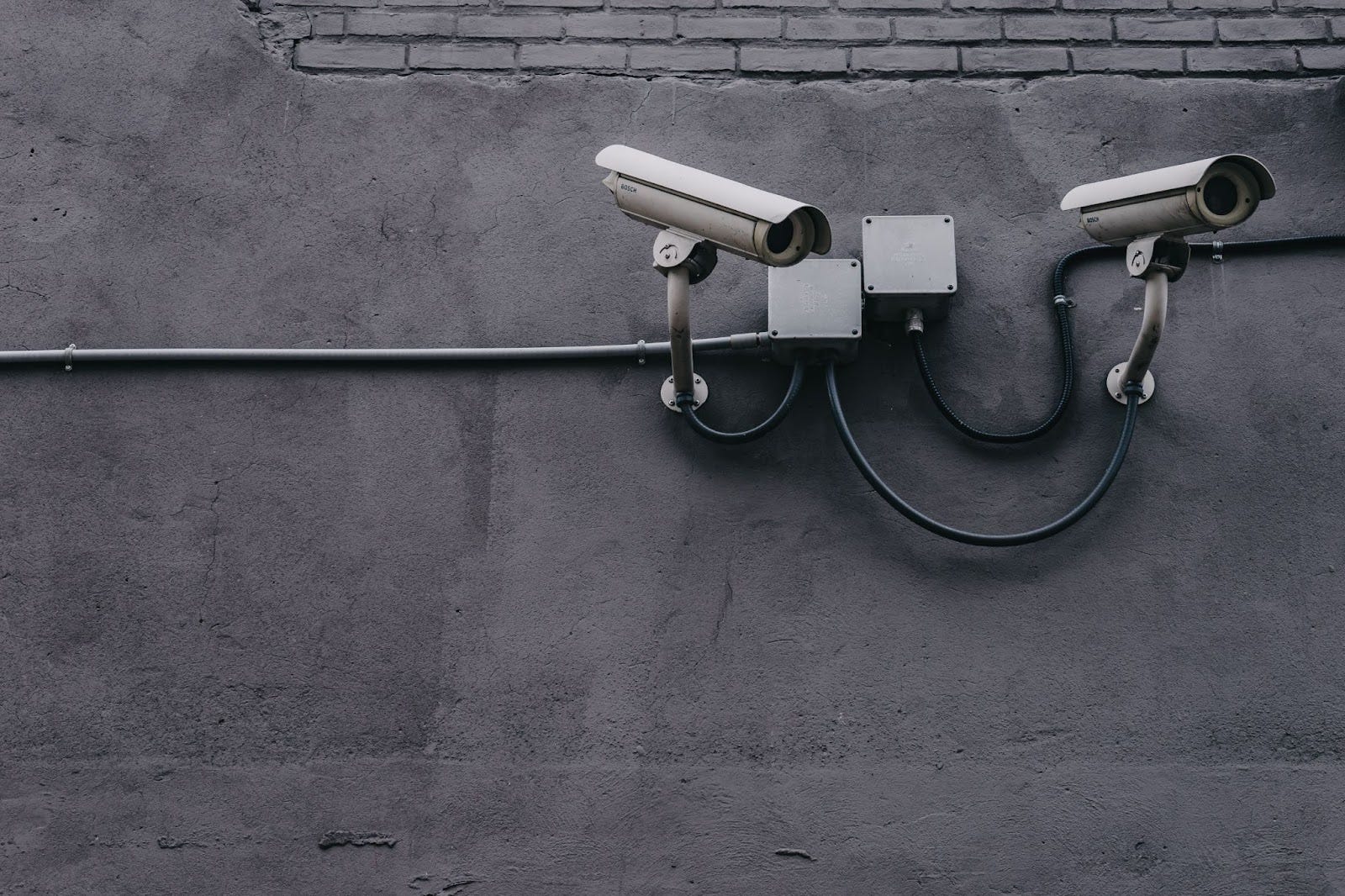Continuity of Operations Plans Are Really Only Necessary for Large Companies
In the past, companies only needed to protect and prepare for disaster striking the physical assets of a business. A flood, a fire, or theft could jeopardize the inventory, equipment, and even the building in which a company did business.
Today, with so many businesses reliant on technology and the internet for daily operations, a digital disaster can easily mean the loss of critical data and necessary infrastructure, putting the entire organization at risk. This is why having a comprehensive business continuity plan is essential for all companies — no matter their size or industry.
A business continuity plan (BCP) is a document that outlines how a company will continue to function in the event of a disaster or other emergency. The BCP will identify critical systems and processes that need to be kept up and running, as well as strategies for restoring operations after a disruption.
It's important to note that a BCP is not just for major disasters. Even minor emergencies like a power outage can have a significant impact on business operations.
In this article, we will break down:
- What a business continuity plan looks like
- Why a business continuity plan is important
- How to create a business continuity plan
- Common pitfalls to watch out for
Pull up a chair, and let's dive in!
What is a business continuity plan?
For some people, it can be hard to visualize what kind of threats exist until it is too late. That's why it is important to sit down and create a plan based on how your company will react depending on which parts of your infrastructure are affected — no matter what affects them.

There are four parts of any business continuity plan checklist:
1. Emergency response plan
The first part is the emergency response. This should include the initial steps for contacting key personnel, establishing who is in charge, and notifying emergency services. It should also spell out the steps that need to be taken to protect people and property from immediate danger.
For example, if there is a fire, the emergency response plan would spell out the steps for evacuating the building. If there is a cyber attack, the emergency response plan would spell out the steps for containment and damage mitigation.
While inventory, data, and communication systems are important, people's safety should always be the top priority in an emergency. That's why businesses need to have a well-defined emergency response plan that is practiced regularly.
2. Data backup and recovery plan
For many companies today, losing inventory isn't necessarily as damaging as losing data or access to important software. That's why it's critical to have a data backup and recovery plan in place. This type of plan ensures that you can restore your company's data if it is lost or damaged.
There are a variety of backup methods to choose from, including:
- External hard drive backup: External hard drives are an incredibly popular option for backing up data. They're relatively inexpensive and easy to use, and they provide a good level of protection against data loss.
- Tape backup: While you may believe that tape storage became obsolete years ago, that's simply not true. It is extremely durable, cost-effective, and can have up to 95 percent lower CO2 emissions over its lifetime when compared to disk storage. Social responsibility is a growing requirement for companies in 2022.
- Online backup: Online backups are becoming increasingly popular, thanks to their affordability and convenience. With an online backup service, your company's data is stored offsite in a secure location. This can be a good option for businesses that need to back up large amounts of data.
No matter which backup method you choose, it's important to test your plan regularly to ensure that it is working correctly. In addition, make sure that your employees are aware of the plan and know how to use the backup methods.

3. Infrastructure protection plan
Not every business has its assets online though, and infrastructure damage in those cases can be devastating. A continuity plan can help a business get back on its feet after a disaster, but it can also help prevent one in the first place. Many businesses need to take additional precautions to protect their most important physical assets.
An infrastructure protection plan focuses on protecting your business's physical assets from damage or theft. It can include things like security cameras, alarm systems, and even fences and gates around your property. It also usually includes several different types of insurance.
Once you have a plan in place, make sure all employees are familiar with it.
4. Plan management
The last key part of any plan is how it will be managed moving forward. It's not enough to just put a policy in place and leave it for the next 20 years. Instead, it should be updated regularly, and the people who are responsible for it need to be trained on how to use it.
This section includes procedures for testing and updating your BCP, as well as training employees on their roles in case of an emergency.
A business continuity plan does not have to be complicated, but it should be thorough. If this is the roadmap a company is going to follow, it better be well labeled.
Why is a business continuity plan important?
Here's a sobering statistic: 90 percent of small businesses fail within a year if unable to resume operations within five days of a disaster. Simply put, if you don't have a plan in place to get back up and running immediately, you might as well just be betting on horses.
Importantly though, it's not just about getting back to your revenue projections. There are several other important reasons why every business–even those operating on a razor-thin budget–must be prepared. Let's look at a few things that you might not have considered.

Protecting your employees
Nobody wants to think about their work being hit by a disaster, but if it does happen, you'll want to know that your people are safe and accounted for. This doesn't just mean physical well-being but also their mental health after the immediate threat is dealt with.
The trauma and stress that it causes can be long-lasting and debilitating. For instance, after the 9/11 attacks, many workers reported long-term mental health problems such as post-traumatic stress disorder (PTSD) and depression.
Even something as simple as burnout can happen after a disaster. A business continuity plan will help you to quickly account for all of your employees and make sure that they are safe and getting the help they need so that your company can get back to normal.
Preserving your brand
In the age of social media, news of a business going down spreads like wildfire. If you don't have a plan in place to deal with negative publicity, it could be a death knell for your company.
Even if you're able to resume operations relatively quickly, customers may have already moved on or created a lasting impression in their minds of your temporary instability.
With the correct plan, a disaster can be spun into an overall positive for the brand and company culture.
In 2009, a fire destroyed the entire Chapman's ice cream production plant in Ontario, Canada, leaving the 150-year-old business in ashes and one-in-three people from the 1,400-person town of Markdale out of a job–or so it seemed.
Thanks to a top-notch continuity plan, which included capacity management and strong interruption insurance, not a single employee missed a paycheck–something that was still receiving positive press more than a decade later–and the business is Canada's leading ice cream manufacturer to this day.
Maintaining customer trust
Just as bad news travels fast online, good news does too. If you're able to allocate resources correctly to quickly resume operations after a disaster and keep customers updated on your progress, you'll be able to win back their trust.
In fact, many will see it as a strong indicator that they had picked the right product or service in the first place, and continue their patronage.
But if you're unable to resume operations or take too long, customers will start looking for other alternatives. Worse yet, they might start posting negative reviews and ratings online, which can be very difficult to recover from even once your systems are back up and running.
Avoiding costly fines
Depending on your industry, you may be subject to specific government or regulatory requirements for business continuity. Failing to meet these guidelines can lead to hefty fines that can also put a business in jeopardy.
A continuity plan will help ensure you're always in compliance and able to resume operations quickly if a disaster does occur.

How to create a business continuity plan
Disaster planning is never easy and for a growing business, it could be difficult to even know where to start. Lucky for you, we have a simple step-by-step guide to creating a business continuity plan:
1. Make a list of all the possible disasters that could affect your business.
There's no limit here. Take your time and be as comprehensive as possible. Natural disasters, power outages, fire, theft, computer viruses, and employee accidents are just a few of the possibilities.
Try to think outside the box whenever possible, and do some research on other instances where a business has been faced with an immediate danger.
2. Assess the risks associated with each disaster
This is where you'll need to get specific. It's important at this point to dive into the numbers of how specific timelines would affect your bottom line. For instance, if you are left without power for 36 hours, how much revenue will you lose? What if it stretches to 72 hours, or even longer?
What about employee health? If a disaster reduces individual productivity by 25 percent, how many workers will be affected in each scenario?
Make sure to create an entire matrix of events and their consequences, to truly understand how things would affect your financials.
3. Develop a plan for mitigating each risk
Now it's time to put those brainstorming sessions into action! If you can't prevent a disaster from happening, what can you do to minimize the damage? Have a backup power plan, keep important data off-site, have a recovery plan for your computer system, etc.
The game here is about minimizing the impact of a potential issue, not eliminating it. Reducing the time your company is dark even by a few minutes can be important.

4. Test your plan
This is critical! Make sure all of your employees are familiar with the plan and run through a few drills. The last thing you want is to be caught off guard in the event of a real disaster.
It is important to communicate exactly why each plan has been in place, or even solicit feedback from your employees on how things could be adjusted.
Often, weak points can be seen much more easily by the people who are closest to a process.
Final thoughts: pitfalls to watch out for
If you've made it this far, you probably already have a good idea of how to go about building a business continuity plan. Before you start brainstorming those potential dangers though, there are a few things you should keep in mind:
- Beware of complacency: Business continuity planning is not a one-and-done activity. It's a process that should be revisited regularly, especially in light of any changes to your business or the environment in which it operates.
- Don't forget about people: While technology is critical to any business continuity plan, don't forget about your most important asset — your people. Make sure you are considering your employees' well-being in addition to your inventory.
- Test, test, test: Like anything else, tracking and testing is one of the best ways to ensure that your business continuity plan works. Make sure you simulate different types of disasters and emergencies, and that everyone involved knows what to do when the real thing happens.
- Be prepared for the unexpected: No one can predict everything, so make sure you have a Plan B in place for when the unexpected does happen. This might include alternate suppliers or service providers, backup facilities, or recovery plans.
- Stay up-to-date: Technology evolves at a rapid pace, so make sure your business continuity plan keeps up.
By following these simple tips, you can help ensure that your business continuity plan is as effective as possible — and that you're prepared for whatever might come your way.
Source: https://day.io/blog/business-continuity-plan-what-is-it-and-why-do-you-need-one/
0 Response to "Continuity of Operations Plans Are Really Only Necessary for Large Companies"
Post a Comment